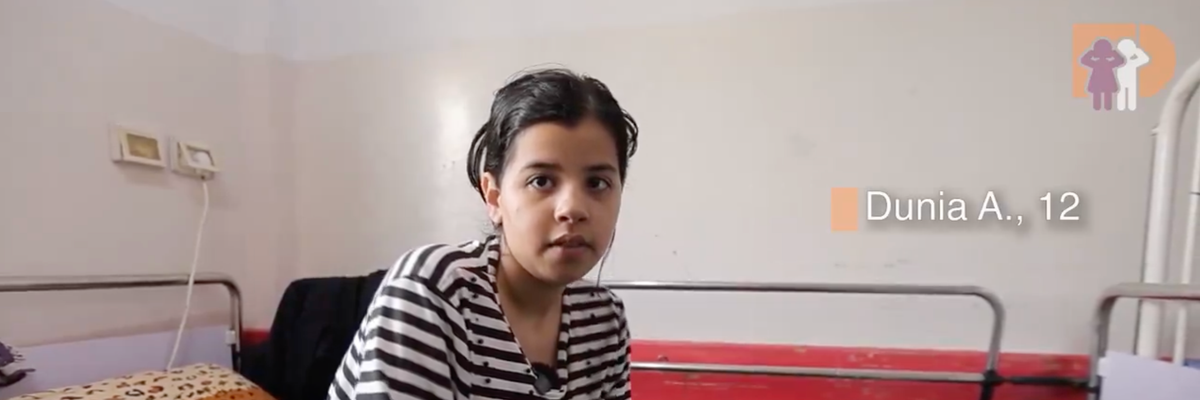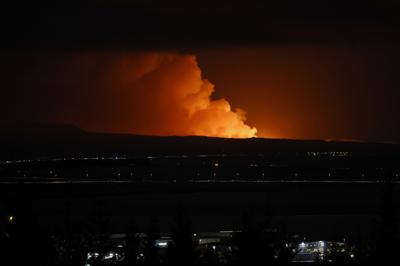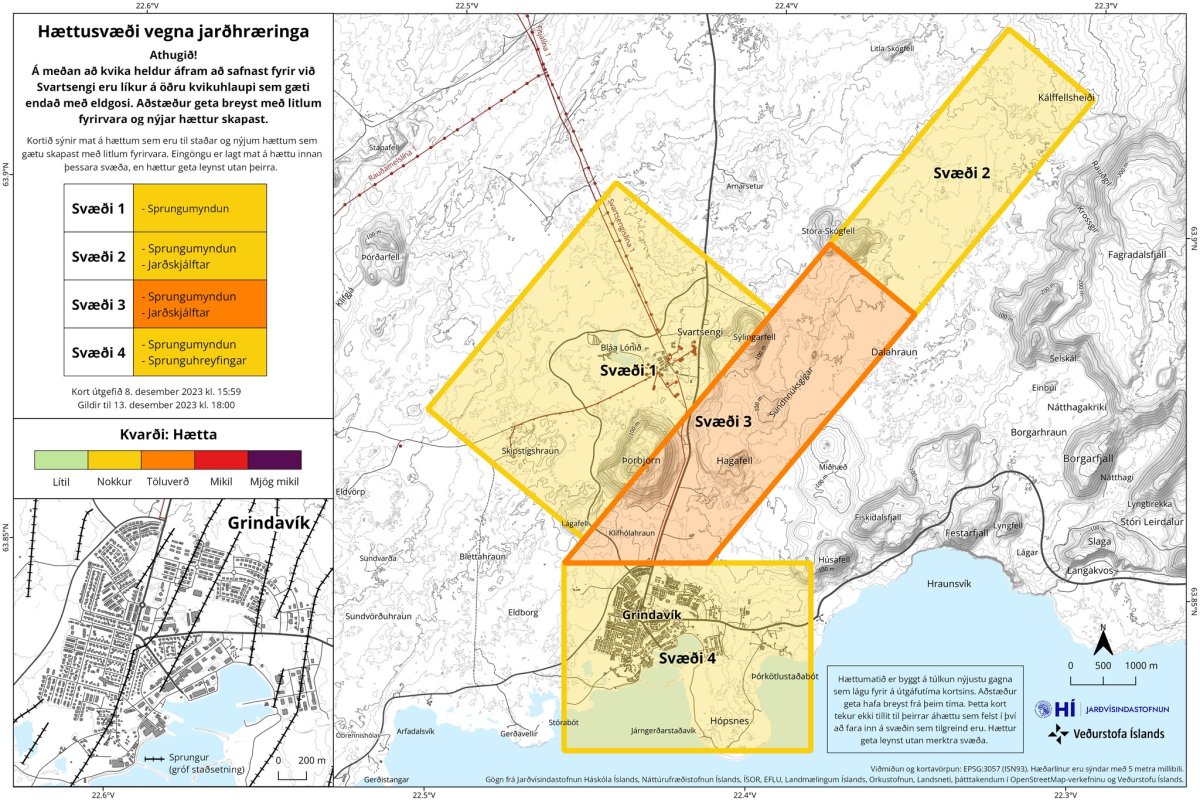"It's critical to understand this is not simply a byproduct of the conflict, an unfortunate result of a terrible situation," said one campaigner. "It is Israeli government policy."
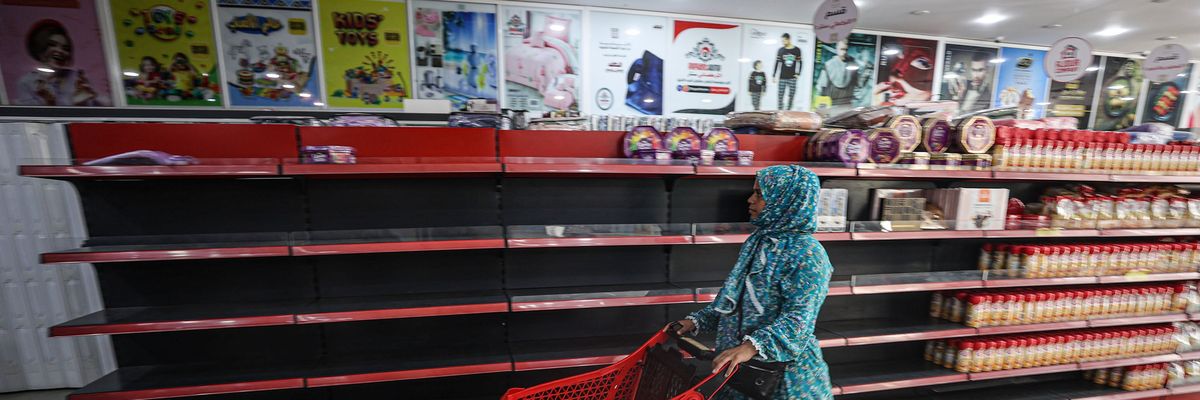
A view of empty shelves are seen at a supermarket amidst Israel's bombardments as Palestinians have trouble finding necessary food in Khan Yunis, Gaza on November 11, 2023.
(Photo: Mustafa Hassona/Anadolu via Getty Images)
JULIA CONLEY
Dec 18, 2023
From bombing food production hubs and systematically razing crop fields to halting aid deliveries, Israel is waging a multi-pronged effort to starve the people of Gaza amid the Israel Defense Forces' bombardment of the enclave, Human Rights Watch said in a report Monday—with evidence drawn from the Israeli government's own statements as well as survivors' accounts.
The group demanded that countries such as the United States, United Kingdom, Canada, and others that have provided Israel with military aid and other support since the country began its latest escalation against Gaza in October speak out against the use of starvation as a weapon of warfare—a war crime under the Rome Statute of the International Criminal Court.
"For over two months, Israel has been depriving Gaza's population of food and water, a policy spurred on or endorsed by high-ranking Israeli officials and reflecting an intent to starve civilians as a method of warfare," said Omar Shakir, Israel and Palestine director at Human Rights Watch (HRW). "World leaders should be speaking out against this abhorrent war crime, which has devastating effects on Gaza's population."
HRW pointed to satellite imagery it has collected in northern Gaza since the IDF began its air and ground assault in retaliation for an attack by Hamas on southern Israel on October 7.
The images have shown orchards, greenhouses, and farmland that have been razed over the last two months, "apparently by Israeli forces, compounding concerns of dire food insecurity."
Only sand and dirt have been left behind where farmers in northeastern Gaza grew citrus, potatoes, dragon fruit, and prickly pear since Israeli forces took control of the area in mid-November and "systematically razed" the fields, said the group.
Palestinians in Gaza, home to about 2.3 million people, have lost the ability to grow their own food as Israel has refused to allow food, water, and fuel deliveries into the enclave, leaving bakeries and grocery store shelves empty.
Before the Israeli bombardment began, about 500 aid trucks filled with food and other goods entered Gaza on a daily basis to provide sustenance amid Israel's unlawful occupation and its land, air, and sea blockade that began 16 years ago. Israel has allowed only 100 aid trucks to cross through Egypt's Rafah crossing since October 7. The U.N. humanitarian coordinator for the Occupied Palestinian Territory, Lynn Hastings, said earlier this month that fuel deliveries—needed for farming, cooking, water desalination, healthcare operations, and other necessities—have been "utterly insufficient."
Prior to the current escalation, about half of Gaza's population was facing acute food insecurity and 80% were reliant on humanitarian aid.
The World Food Program (WFP) at the U.N. said earlier this month that 9 in 10 households in northern Gaza and 2 in 3 homes in the south had been without food for at least one full day and night since Israel's assault. It also warned that 38% of families who had been displaced from their homes in northern Gaza were experiencing "severe levels of hunger" and that the enclave faces a "high risk of famine."
"It's critical to understand this is not simply a byproduct of the conflict, an unfortunate result of a terrible situation. It is Israeli government policy," said Andrew Stroehlein, European media and editorial director for HRW.
In addition to the halting of aid and the destruction of Gaza's agricultural sector, the last operational wheat mill was bombed on November 15 ensureing "that locally produced flour will be unavailable in Gaza for the foreseeable future," said HRW.
The group interviewed 11 civilians who described their struggles with finding sufficient food in recent weeks.
A man identified as Taher said that after his family fled south to Gaza City in November, they resorted to eating "just once a day to survive."
"The city was out of everything, of food and water," he told HRW. "If you find canned food, the prices were so high... We were running out of money. We decided to just have the necessities, to have less of everything."
Majed, who left his home in the north after his house was bombed, killing his six-year-old son, said he, his wife, and their four surviving children had no way of making bread for more than a month when they temporarily stayed in Gaza City.
"In those 33 days we didn't have bread because there was no flour," he said. "There was no water—we were buying water, sometimes for $10 a cup. It wasn't always drinkable. Sometimes, [the water we drank] was from the bathroom and sometimes from the sea. The markets around the area were empty. There wasn't even canned food."
HRW noted that the Israeli government itself has made numerous statements in recent weeks pointing to the deliberate destruction of Gaza's food access and the starvation of civilians.
Defense Minister Yoav Gallant infamously called Palestinians in Gaza "human animals" when he announced the "complete siege" and cutting off of aid into the enclave on October 9.
"No electricity, no food, no water, no fuel—everything is closed," Gallant said.
Col. Yogev Bar-Shesht, deputy head of the Civil Administration, said in an interview that eliminating Palestinians' ability to grow food is a deliberate tactic.
"Whoever returns here, if they return here after, will find scorched earth," he said. "No houses, no agriculture, no nothing. They have no future."
HRW's report came as the death toll in Gaza hit at least 19,453, with more than 50,800 injured and thousands believed to be buried underneath rubble.
Article 54(1) of the First Additional Protocol to the Geneva Conventions and Article 14 of the Second Additional Protocol both prohibit starvation of civilians as a method of warfare.
"Although Israel is not a party to Protocols I or II, the prohibition is recognized as reflective of customary international humanitarian law in both international and noninternational armed conflicts," said HRW.
The worsening humanitarian catastrophe, and Israel's refusal to operate within the bounds of international law, "calls for an urgent and effective response from the international community," said Shakir.
"The Israeli government is compounding its collective punishment of Palestinian civilians and the blocking of humanitarian aid," he said, "by its cruel use of starvation as a weapon of war."
Our work is licensed under Creative Commons (CC BY-NC-ND 3.0). Feel free to republish and share widely.
JULIA CONLEY is a staff writer for Common Dreams.
"We do hope that Israeli authorities will react to such shameful abuse, as terrorism can never be a response to terrorism."
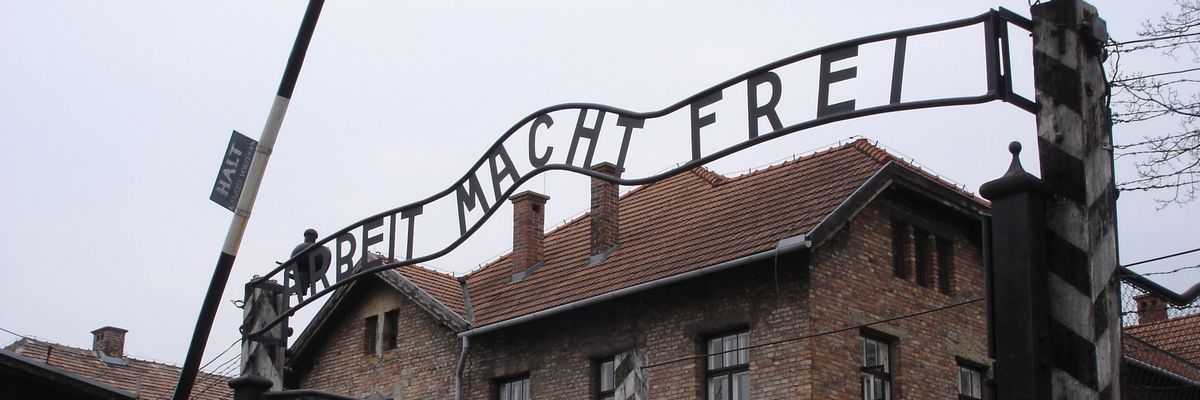
An infamous sign reading "Work Sets You Free" stands at the gate to the Auschwitz-Birkenau concentration camp in Poland.
(Photo: John Karwoski/flickr/cc)
Dec 18, 2023
The Auschwitz-Birkenau State Museum in Poland on Sunday decried what critics called genocidal remarks by the mayor of an Israeli town who said all of Gaza should be ethnically cleansed of Palestinians and turned into a museum like the notorious Nazi death camp.
"The whole Gaza Strip needs to be empty. Flattened. Just like in Auschwitz," Metula Mayor David Azoulai said in a radio interview on Sunday, according toThe Times of Israel. "Let it be a museum for all the world to see what Israel can do. Let no one reside in the Gaza Strip for all the world to see, because October 7 was in a way a second Holocaust."
In response, the Auschwitz-Birkenau State Museum in Oświęcim, southern Poland wrote on social media that "David Azoulai appears to wish to use the symbol of the largest cemetery in the world as some sort of a sick, hateful, pseudo-artistic, symbolic expression."
"Calling for acts that seem to transgress any civil, wartime, moral, and human laws, that may sound as a call for murder of the scale akin to Auschwitz, puts the whole honest world face-to-face with a madness that must be confronted and firmly rejected," the museum added. "We do hope that Israeli authorities will react to such shameful abuse, as terrorism can never be a response to terrorism."
Last month, the museum posted a statement from the International Auschwitz Council—whose members include Auschwitz-Birkenau State Museum director Piotr Cywiński—supporting Israel's war on Gaza, which according to Palestinian and United Nations officials has now killed, maimed, or left missing more than 70,000 people, mostly women and children.
Numerous Israeli political and military leaders—as well as journalists, pundits, celebrities, and others—have made statements that critics have called incitement to or supportive of genocide in response to the Hamas-led attacks that killed more than 1,100 Israelis and others on October 7.
In a televised October speech, far-right Israeli Prime Minister Benjamin Netanyahu invoked Amalek, the ancient biblical enemy of the Israelites whom God commanded the Jews to exterminate. Israeli President Isaac Herzog asserted that there are no innocent civilians in Gaza, while Defense Minister Yoav Gallant vowed to "eliminate everything" there.
Last month, Israeli Agriculture Minister Avi Dichter declared that "we are now rolling out the Great Nakba," a reference to the ethnic cleansing, sometimes by massacre and death march, of over 750,000 Arabs from Palestine during the establishment of the modern state of Israel 75 years ago.
Members of the Knesset, Israel's parliament, have called for Gaza to be "wiped off the map," bombed with nuclear weapons, and burned to the ground.
Numerous U.S. politicians, including Republican presidential candidate and former United Nations Ambassador Nikki Haley, have echoed Israeli calls for genocidal violence against Palestinians.
Our work is licensed under Creative Commons (CC BY-NC-ND 3.0). Feel free to republish and share widely.
BRETT WILKINS is a staff writer for Common Dreams.
